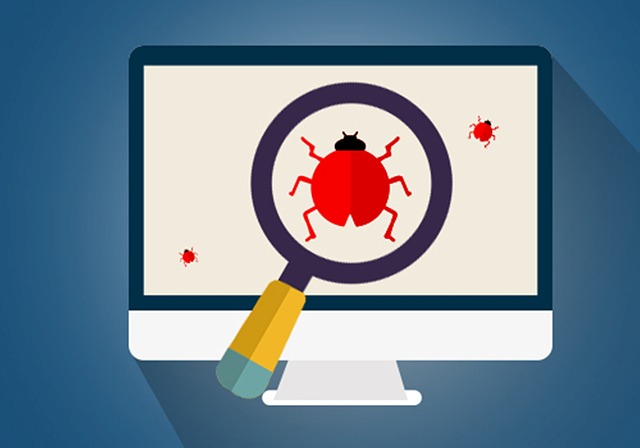Introduction:
The Risks of Free Software
Free software sounds like a great deal, but it can be a trap for the unwary.
The biggest risk associated with free software is that it can be infected with malware.
Malware is malicious software that can harm your computer, steal sensitive information, or take control of your device.
It can be bundled with free software in a process known as “drive-by downloading.”
When you download and install the software, the malware is installed on your computer without your knowledge.
This can put you at risk of identity theft, financial fraud, and other types of cybercrime.
Another risk of free software is that it can be unreliable.
Free software is often developed by amateur programmers or small companies that lack the resources to provide regular updates and bug fixes.
This can lead to software that is slow, buggy, and prone to crashing.
In some cases, free software can also contain vulnerabilities that can be exploited by attackers to gain unauthorized access to your system.
Protecting Yourself from the Dangers of Free Software
The best way to protect yourself from the dangers of free software is to avoid downloading it altogether.
If you need a piece of software, consider purchasing it from a reputable developer or company.
If you do choose to download free software, take the following precautions to minimize your risk:
1. Read the reviews:
Before downloading any free software, read the reviews and ratings from other users.
This can give you an idea of the software’s reliability, performance, and security.
2. Download from reputable sources:
Always download free software from reputable sources such as CNET, Softonic, and Download.com.
Avoid downloading software from peer-to-peer networks and torrent sites, as these are often sources of malware.
3. Keep your software up-to-date:
Regularly update your software to ensure that you have the latest security patches and bug fixes.
This can help to minimize the risk of malware infections and vulnerabilities.
4, Use antivirus software:
Install and run antivirus software on your computer to protect yourself from malware.
Make sure to keep it up-to-date and run regular scans to detect and remove any threats.
5. Be cautious with email attachments:
Be wary of email attachments, especially those that are sent from unknown sources.
Malware can be disguised as a harmless file and infect your computer when you open it.
Conclusion
Downloading and using free software can come with significant risks, including malware infections, unreliable software, and vulnerabilities that can be exploited by attackers.
To protect yourself, consider purchasing software from a reputable source, read the reviews and ratings, and take the necessary precautions when downloading free software.
By following these steps, you can minimize your risk and enjoy the benefits of software without putting your personal information, finances, and identity at risk.
